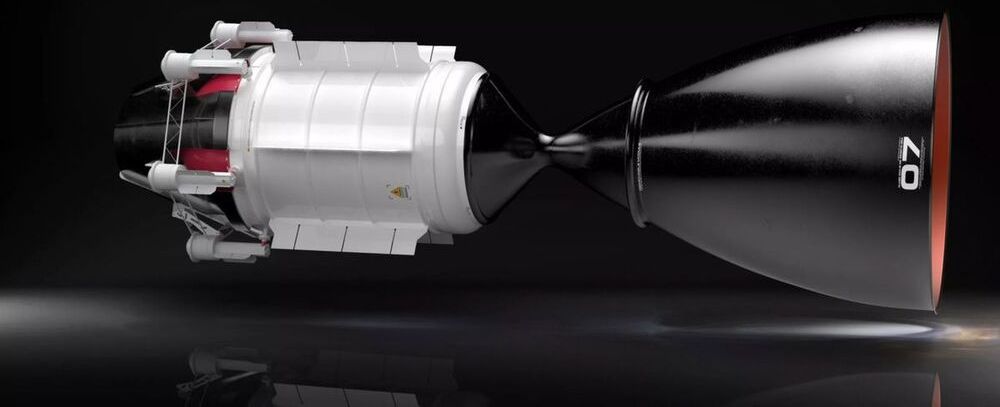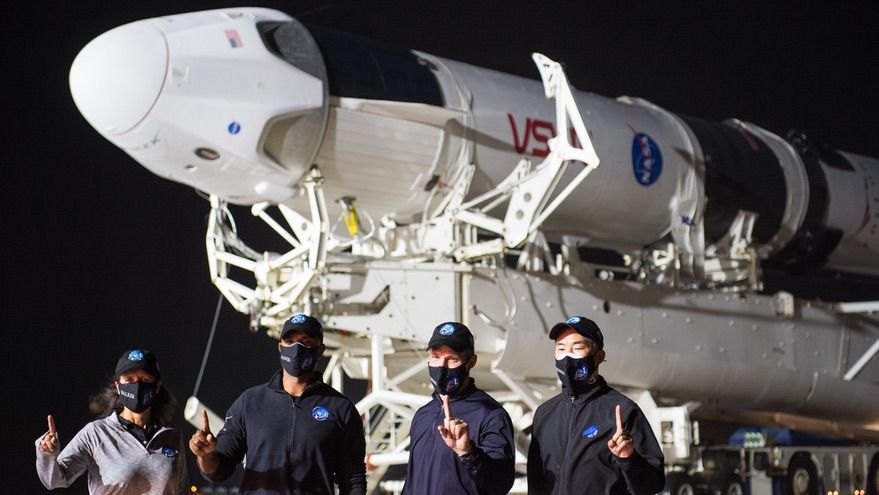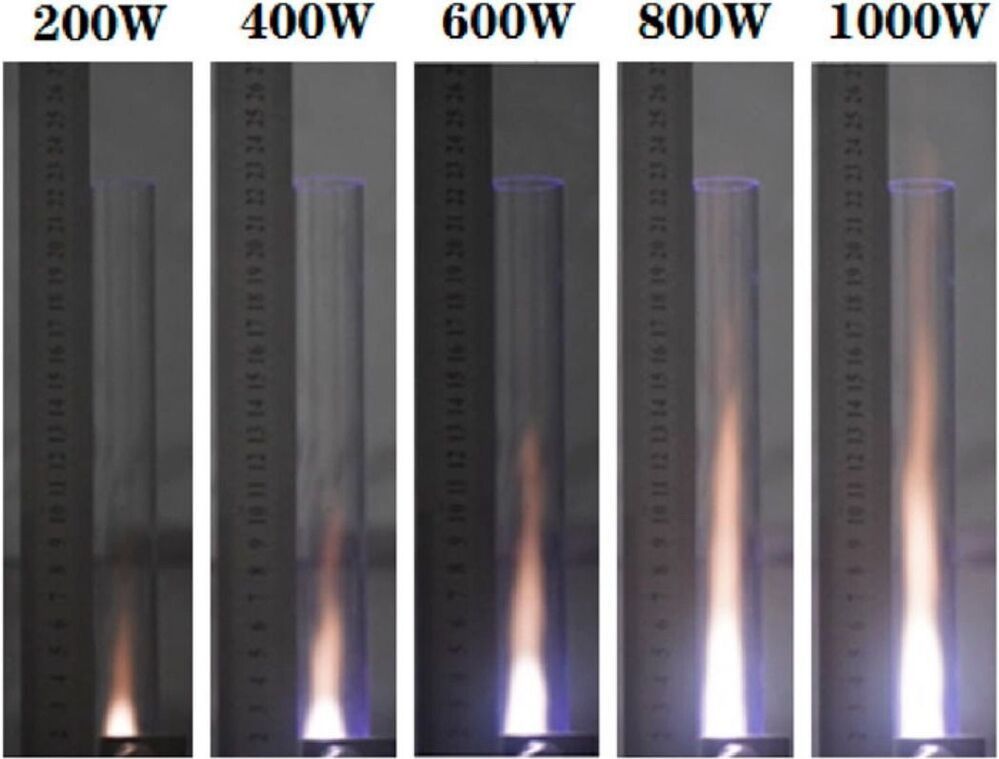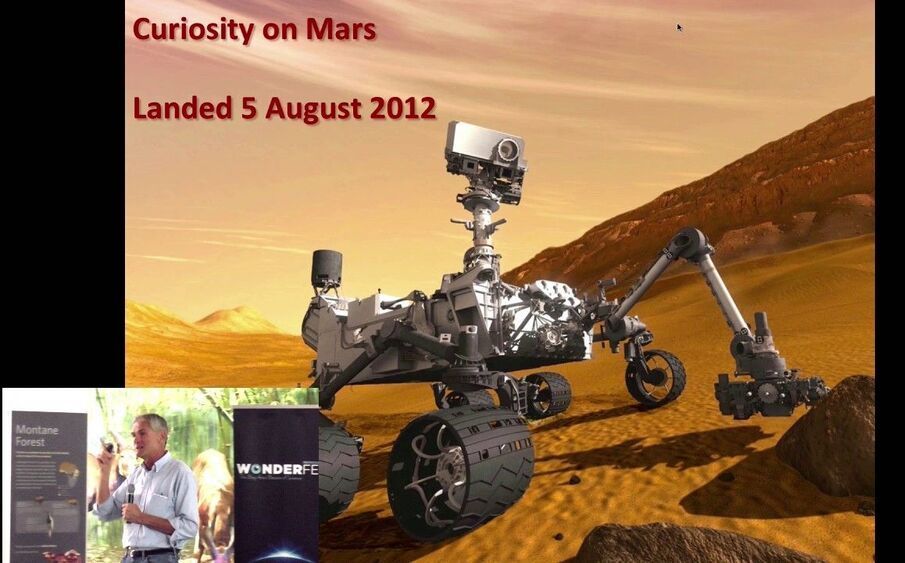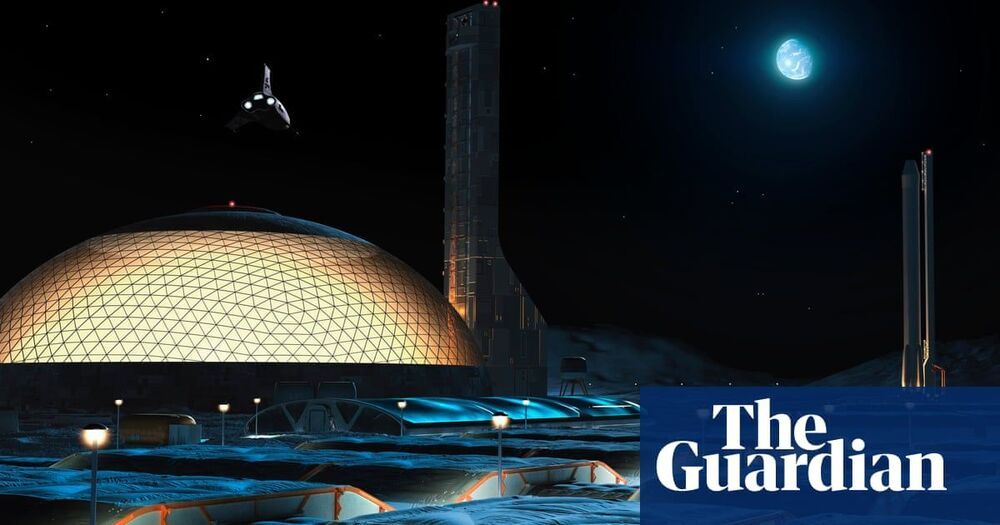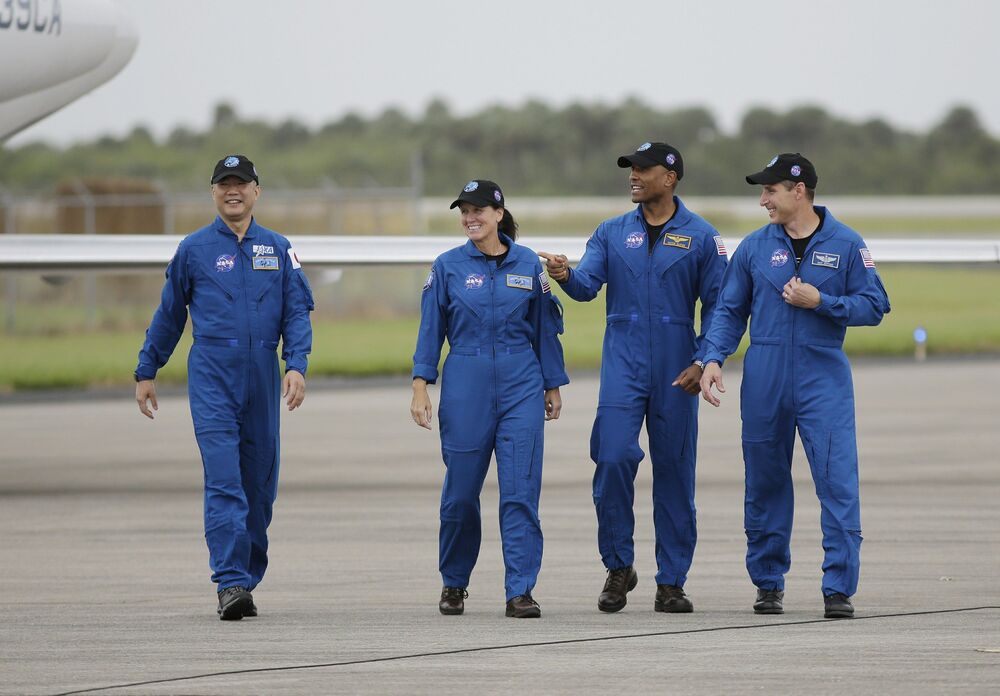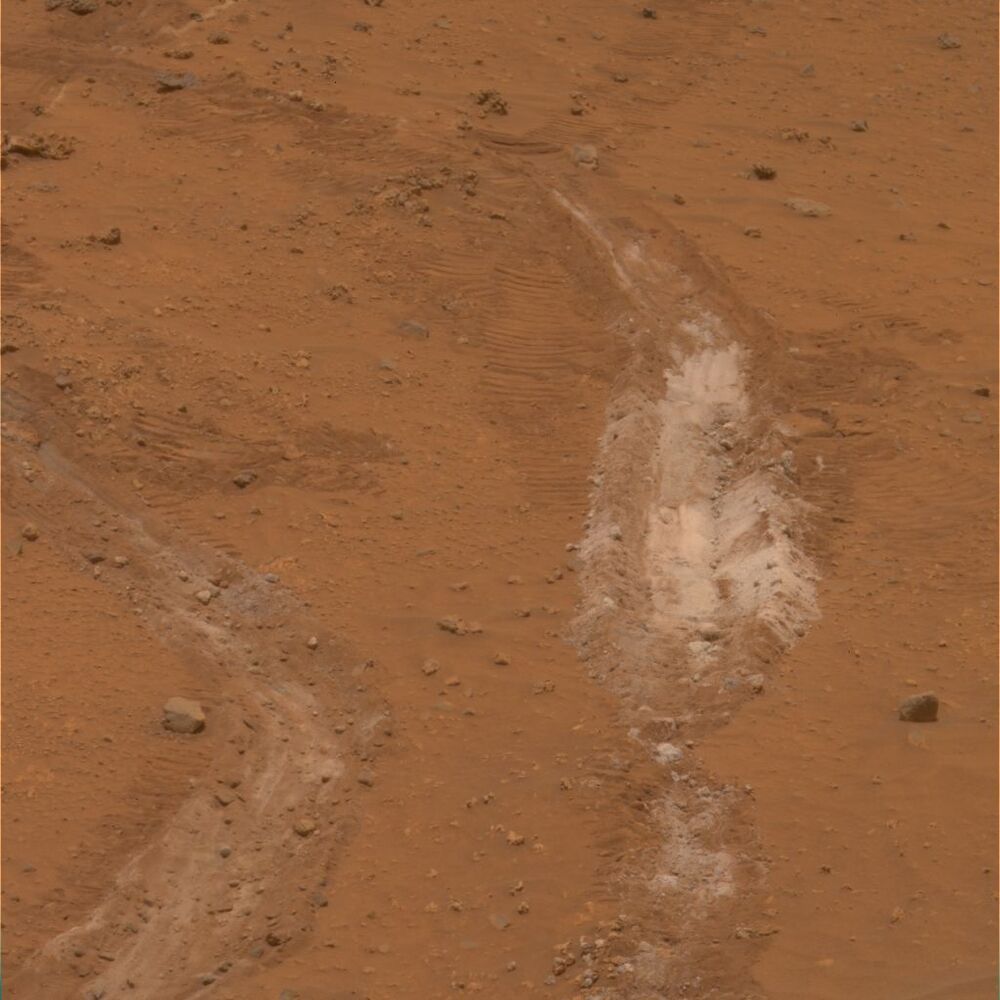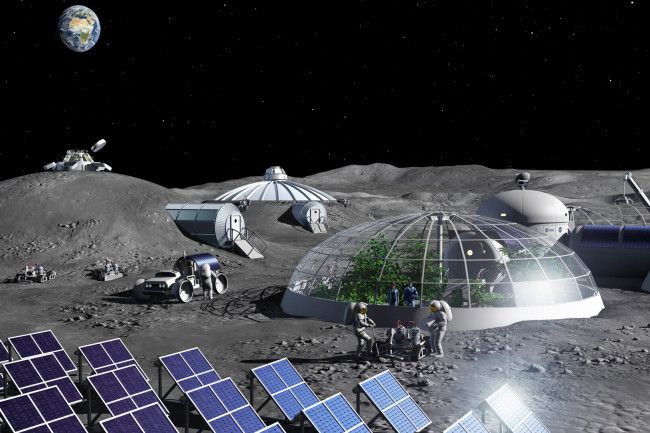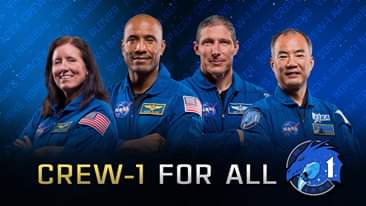Nov 11, 2020
The Thermal Nuclear Engine That Could Get Us to Mars in Just 3 Months
Posted by Eamon Everall in categories: chemistry, space travel
It’s twice as efficient as a chemical rocket.
Ultra Safe Nuclear Corporation (USNC) has designed a new thermal nuclear engine it says could carry astronauts to Mars in just three months—and back to Earth in the same amount of time. By using ceramic microcapsules of high assay low enriched uranium (HALEU) fuel, USNC’s thermal nuclear engine could cut the trip in half even from optimistic estimates.
🌌You like our badass universe. So do we. Let’s explore it together.
